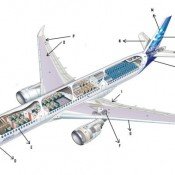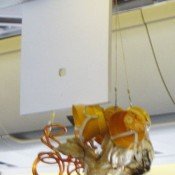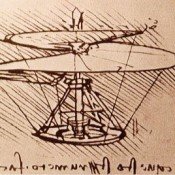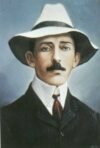Pilot Schedules/Routines
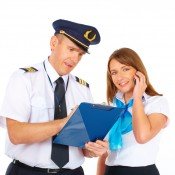
[audio:http://aviationenglishblog.com/wp-content/uploads/2010/08/12pilotschedules.mp3|titles=Pilot Schedules/Routines]
TOPIC: Pilot Schedules/Routines
GOAL: To learn about the types of schedules and daily routine pilots live
Level: Easy
Exercise #1: Read about pilot schedules and their typical lifestyle, and then proceed to Exercise #2
It’s simple: If you want a typical “9-5” job, then flying airliners is not for you. In fact, most airline pilots have a very non-traditional work schedule. Expect to work weekends, holidays, and lots of early mornings or late nights as a junior pilot. There is no such thing as a "9 to 5" schedule in most flying jobs. Whether you work weekends or holidays depends on your seniority and what schedules you can bid.



